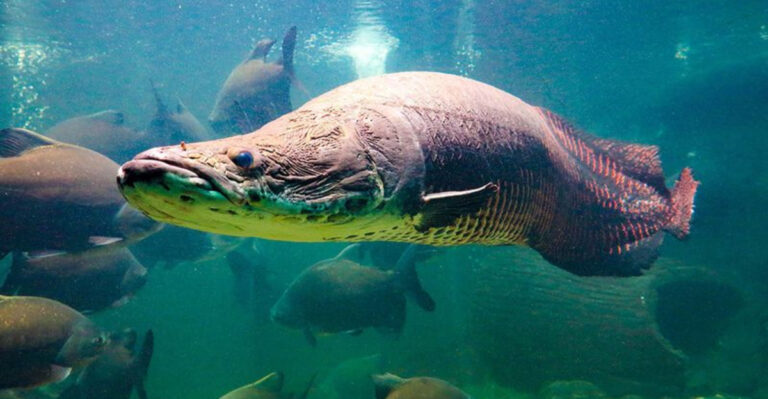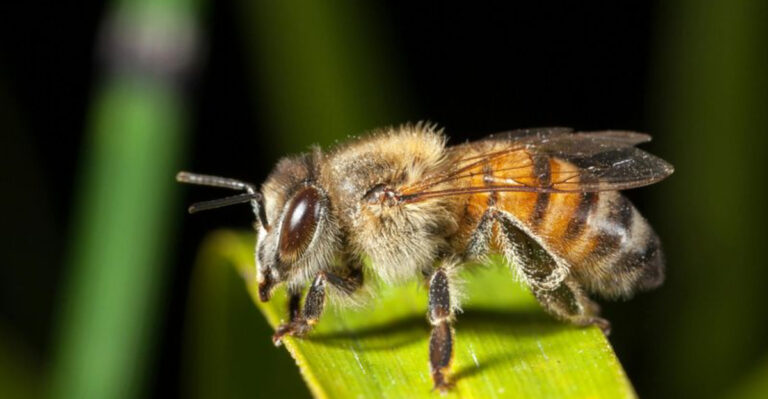10 Things Komodo Dragons Use Their Tongue For And 5 Myths That You Should Stop Believing
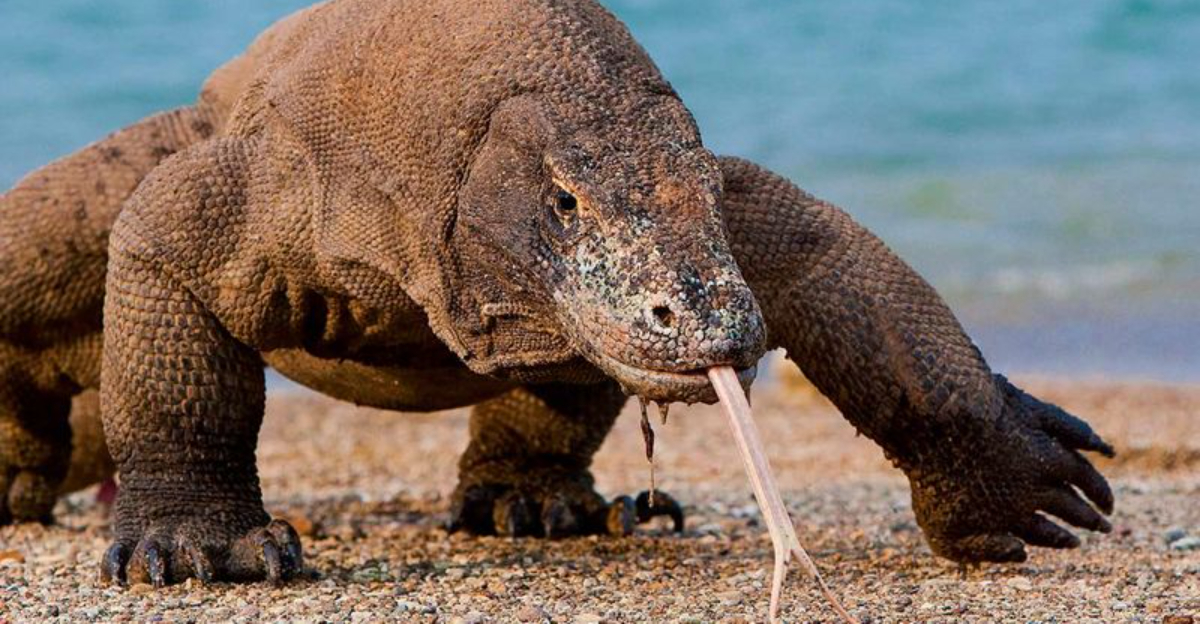
Komodo dragons, the largest lizards on Earth, possess remarkable adaptations that make them apex predators in their native Indonesian habitats.
Their forked tongue is perhaps one of their most fascinating features, serving multiple crucial functions beyond what meets the eye.
While these prehistoric-looking reptiles captivate our imagination, many misconceptions about their tongues and behaviors have spread through popular culture, creating confusion about these magnificent creatures.
1. Sensing Their Environment
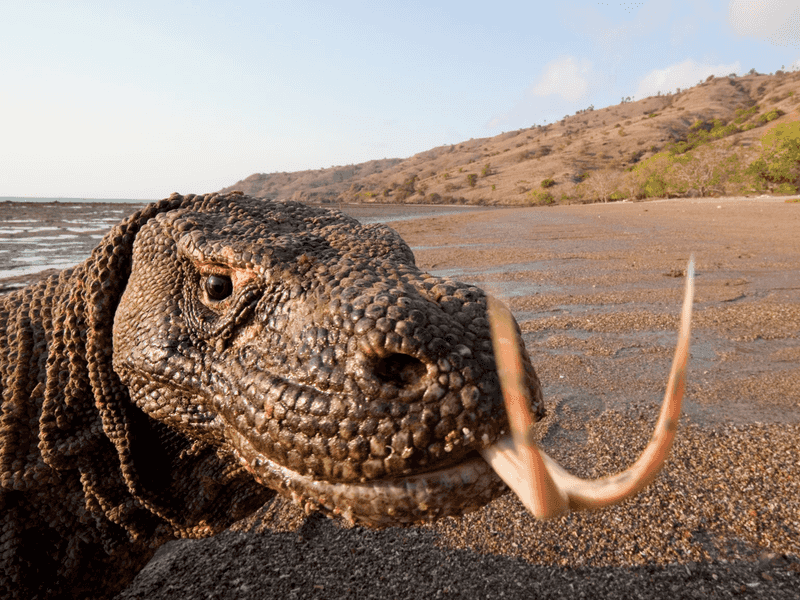
The forked tongue of a Komodo dragon works like a sophisticated chemical detector. When flicked out, it captures airborne particles and molecules from the surroundings.
After collecting these scent particles, the dragon retracts its tongue and presses it against the roof of its mouth where the Jacobson’s organ analyzes the chemical information, creating a detailed sensory map of the environment.
2. Hunting For Prey
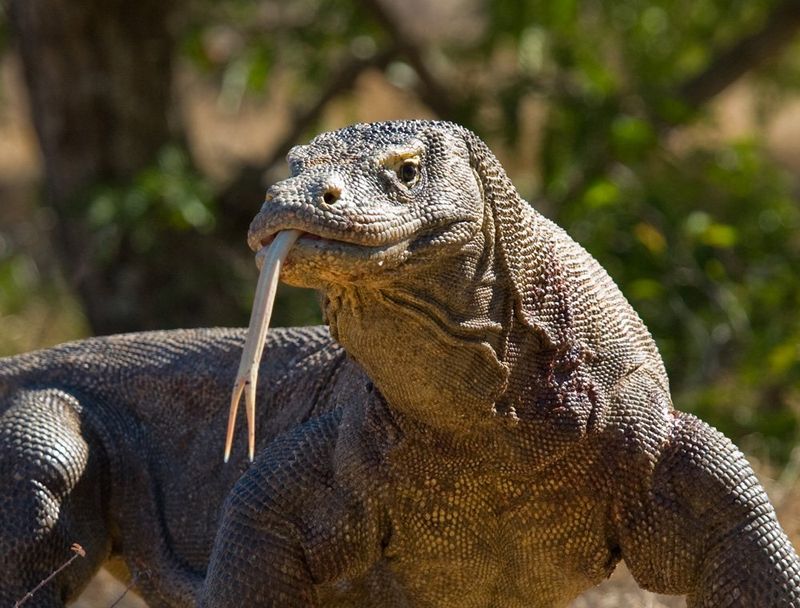
A hungry Komodo’s tongue becomes its most valuable hunting tool. With each flick, the reptile samples the air for molecules left by potential meals, sometimes detecting prey from miles away.
The split design of their tongue allows them to determine which direction a scent is stronger, essentially creating a biological GPS that guides them toward unsuspecting victims with deadly accuracy.
3. Navigating Their Territory
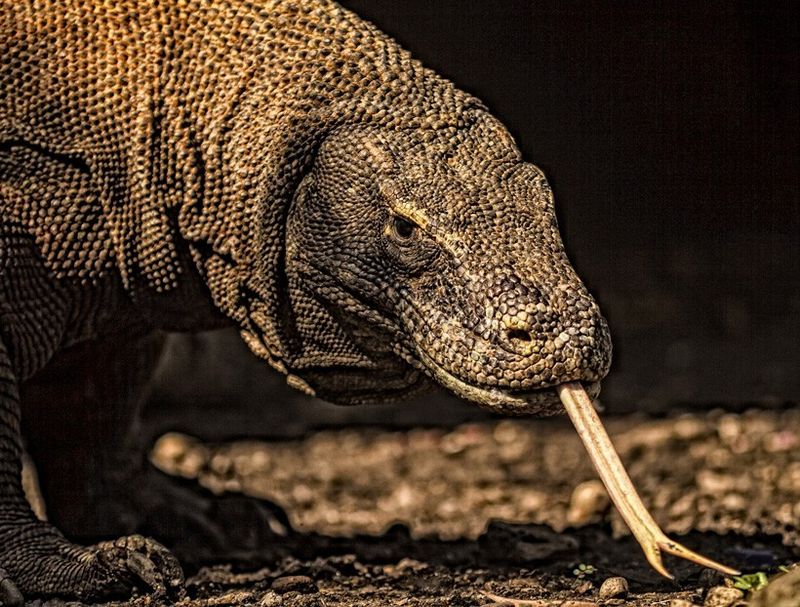
Masters of their domain, Komodo dragons patrol vast territories spanning several miles. Their tongue helps create mental maps of familiar landmarks through chemical signatures.
Much like we might remember visual cues when finding our way home, these reptiles recall scent profiles of rocks, trees, and trails. This chemical mapping allows them to venture far from their home base and still find their way back.
4. Identifying Mates
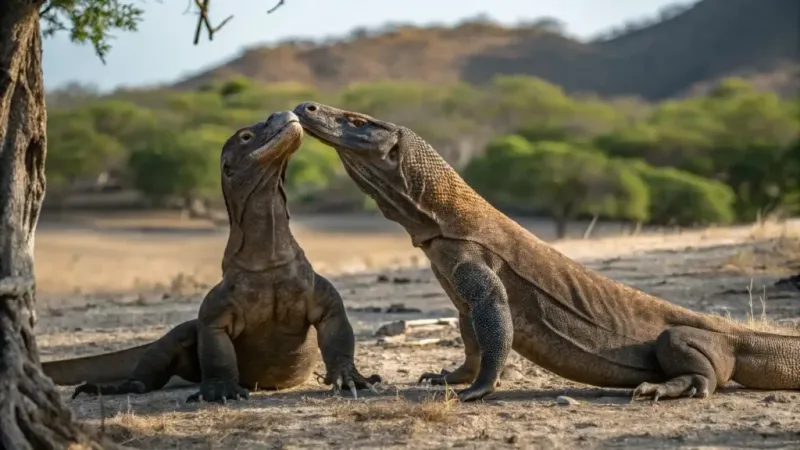
Romance in the Komodo world relies heavily on tongue action – but not how you might think! During breeding season, males constantly sample the air for female pheromones.
When a receptive female is detected, males can track her precise location using their forked tongue. This chemical courtship dance helps ensure the continuation of their species while minimizing wasted energy searching for unreceptive partners.
5. Detecting Danger
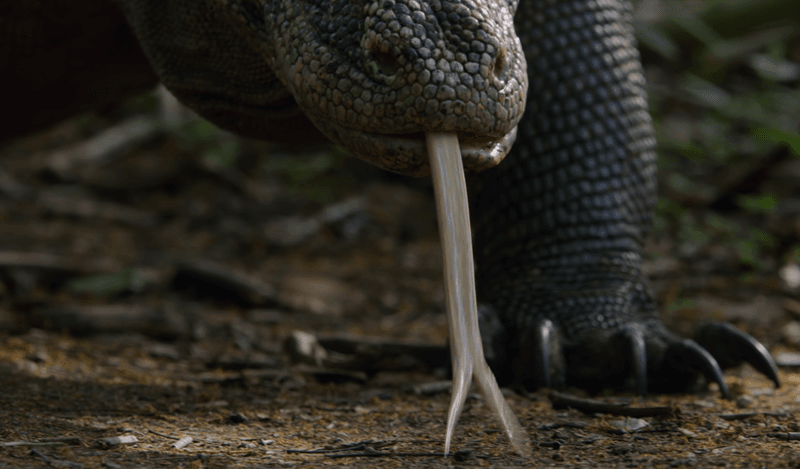
Even apex predators need to stay alert! Komodo dragons use their tongue to detect potential threats long before visual confirmation.
Their chemical sensing ability warns them of larger dragons, humans, or other dangers. This early warning system gives them precious time to decide whether to stand their ground or retreat to safety, making their tongue a crucial survival tool.
6. Monitoring The Presence Of Other Komodo Dragons
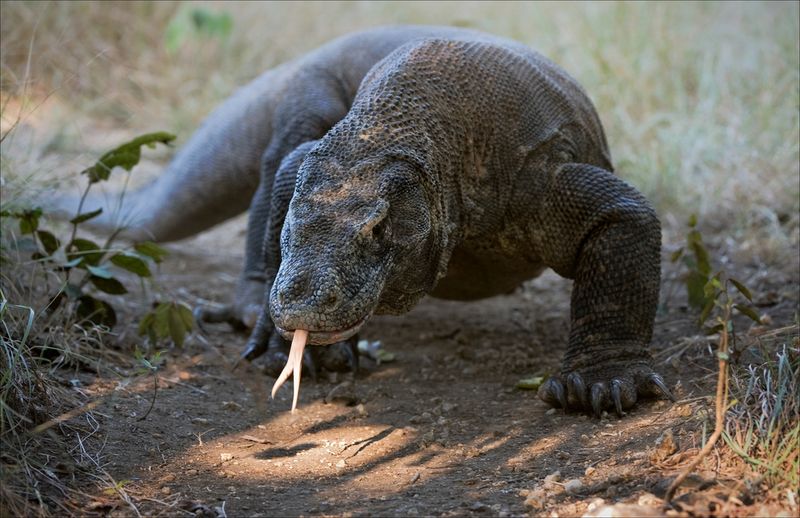
Social distancing was cool with Komodos long before it became trendy for humans! These solitary reptiles prefer to avoid unnecessary confrontations with their own kind.
Their tongue helps detect chemical markers left by other dragons through feces, urine, or skin secretions. By analyzing these scent signatures, they can determine the size, sex, and even how recently another dragon passed through the area.
7. Tracking Scents Of Carcasses
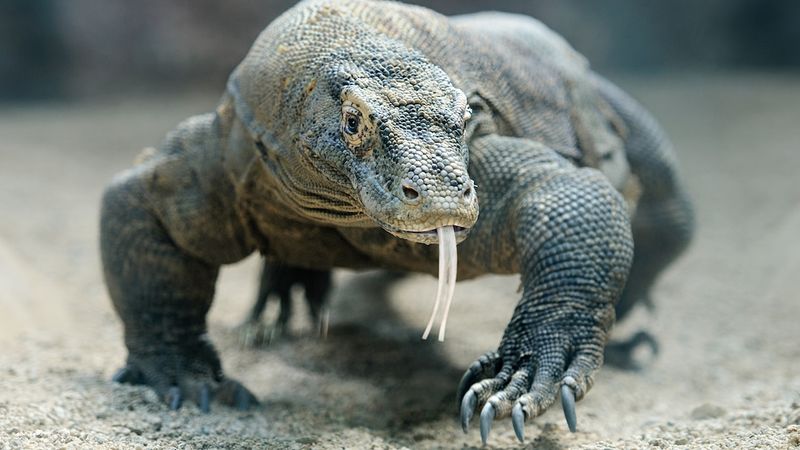
Forget bloodhounds – Komodo dragons can detect the scent of dead animals from up to 5 miles away! Their tongue captures minute particles of decaying flesh carried by the wind.
This remarkable ability transforms them into efficient cleanup crews of their ecosystems. When food is scarce, this scavenging skill becomes particularly valuable, allowing them to locate meals that other predators might miss entirely.
8. Assessing Temperature And Humidity
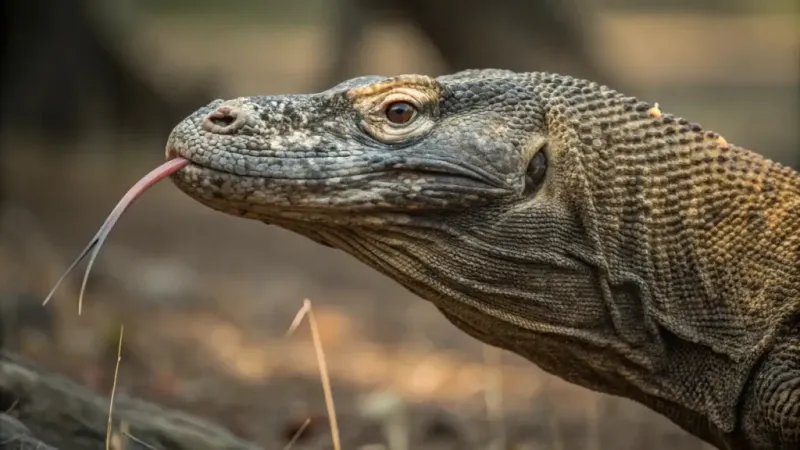
Being cold-blooded creatures, Komodo dragons must carefully manage their body temperature. Their sensitive tongue helps them evaluate environmental conditions before committing to a location.
By detecting subtle moisture differences in the air, they can find cooler areas during scorching midday heat or warmer spots during chilly mornings. This tongue-based weather station helps them maintain optimal body temperature with minimal energy expenditure.
9. Avoiding Toxic Plants Or Inedible Prey
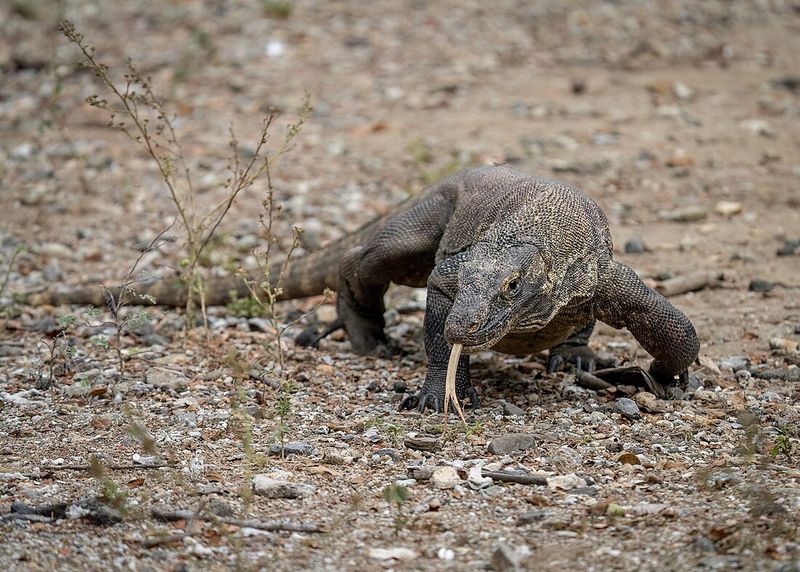
Not everything in nature is safe to eat, and Komodo dragons have evolved a sophisticated taste-testing system. Their tongue samples potential food items before consumption, detecting toxic compounds that might cause harm.
This chemical analysis prevents them from wasting energy pursuing inedible prey or consuming poisonous plants. It’s nature’s version of a food safety inspector, working continuously to protect these magnificent reptiles.
10. Communicating With Other Komodo Dragons
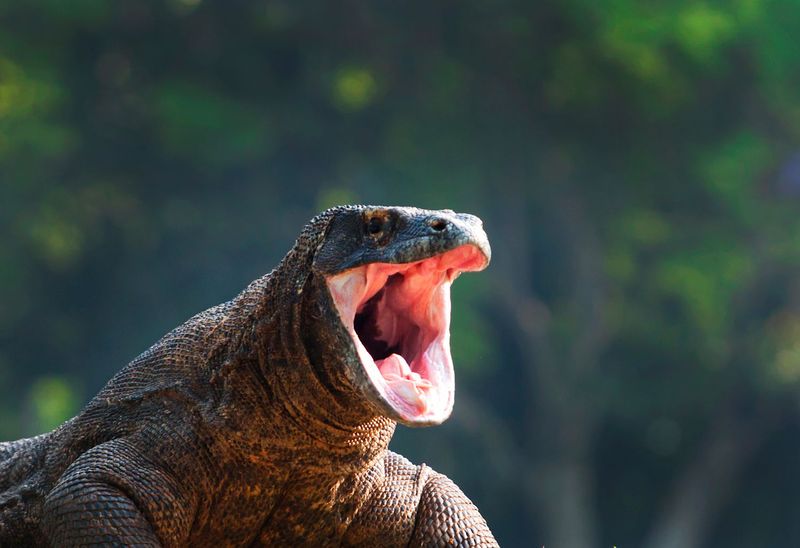
Silent conversations happen constantly in the Komodo world through chemical messaging. Dragons leave scent markers throughout their territory that contain information about their size, health, and reproductive status.
When another dragon’s tongue picks up these chemical signals, it’s like reading a detailed message. This non-verbal communication system helps maintain social order and reduces potentially deadly physical confrontations between these powerful predators.
11. Komodo Dragons Can “Smell” Through Their Tongues Like Snakes
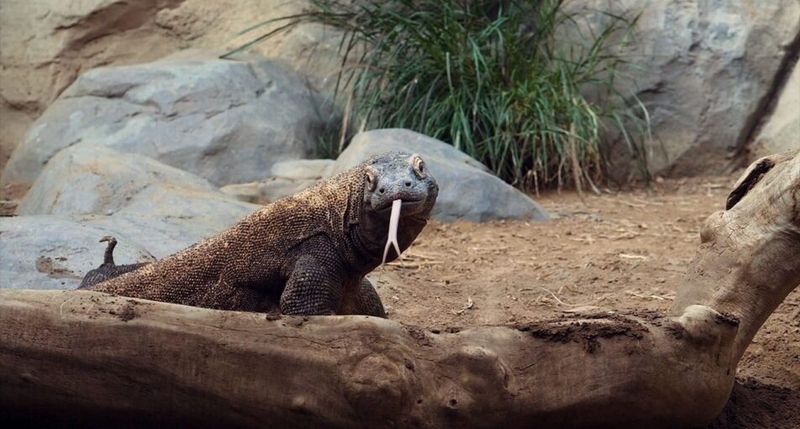
Popular wildlife shows often claim Komodo dragons literally smell through their tongues, but this oversimplifies their amazing sensory system. Their tongues merely collect airborne particles – they don’t actually smell with them.
The real magic happens when the tongue delivers these particles to the Jacobson’s organ in the roof of the mouth. This specialized structure interprets the chemical information, creating a detailed picture of the world around them.
12. Komodo Dragons Only Use Their Tongue For Hunting
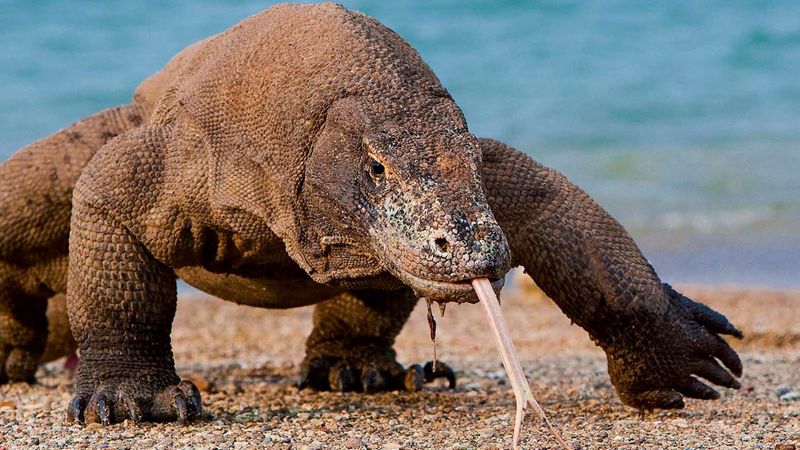
Action movies portray Komodo dragons as single-minded hunting machines, flicking their tongues only when pursuing prey. Reality shows a much more versatile tool at work.
Their tongue helps with everything from finding mates to avoiding danger. Just like we use our eyes for countless daily tasks beyond spotting food, Komodos rely on their chemical sensing abilities for nearly every aspect of their lives.
13. Komodo Dragons Can’t Taste Without Their Tongue
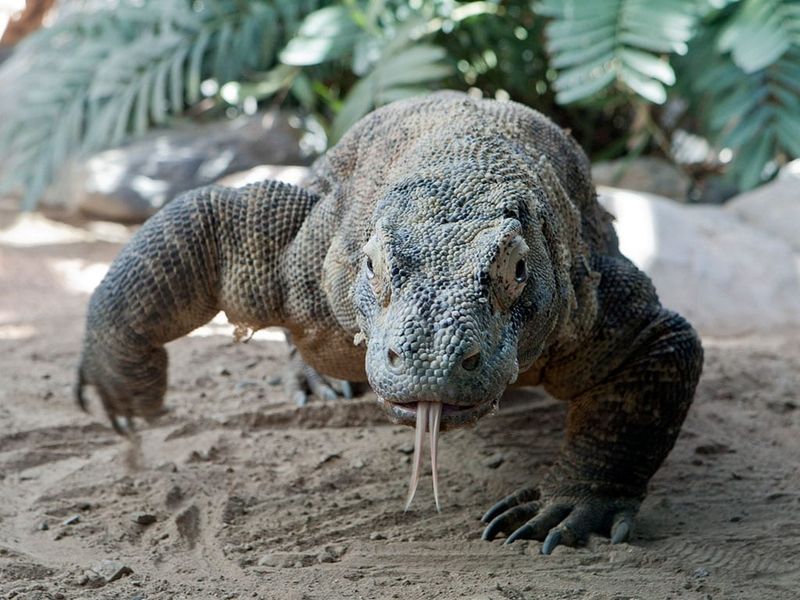
Many believe Komodo dragons would be taste-blind without their famous forked tongues, but this isn’t entirely accurate. Like many reptiles, they actually possess traditional taste buds along their palate and mouth.
Their tongue certainly enhances their sensory experience by collecting chemical samples from the environment. However, the actual tasting process involves multiple sensory organs working together to create a complete picture of potential food items.
14. Komodo Dragons’ Tongues Are Toxic
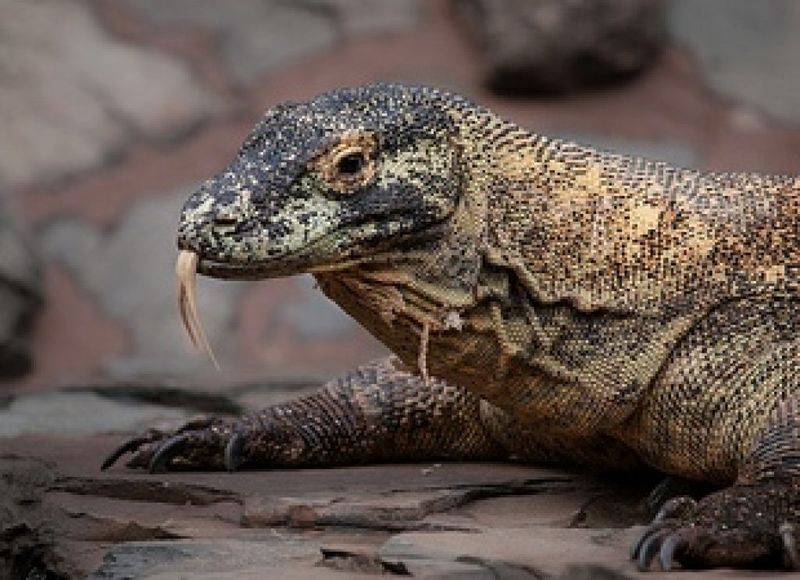
Hollywood has perpetuated the myth that Komodo dragons have venomous tongues, leading to dramatic movie scenes of tongue-based attacks. Scientific reality tells a different story.
Their tongues contain no venom whatsoever – they’re simply sensory organs. The actual venom delivery system involves specialized glands in their lower jaw that secrete toxins into wounds created by their serrated teeth, not their harmless tongues.
15. Komodo Dragons Use Their Tongue To “Strike” Like A Snake
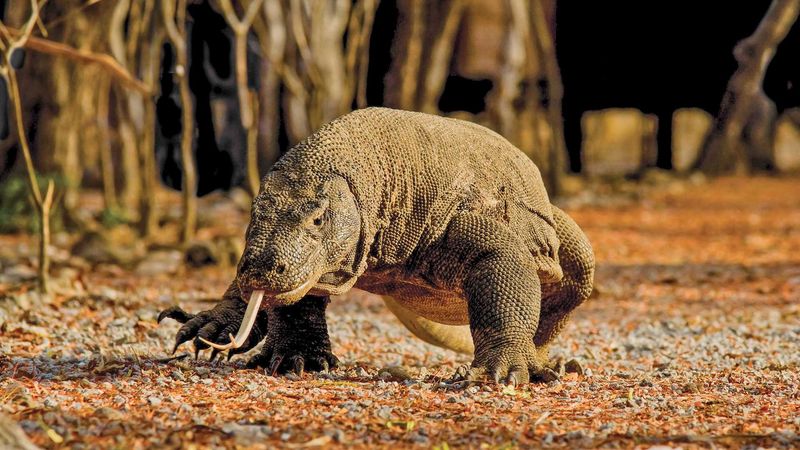
Adventure films sometimes show Komodo dragons attacking with lightning-fast tongue strikes similar to snakes. Zoologists watching real Komodos would immediately spot this fantasy element.
Unlike snakes, Komodo dragon tongues aren’t weaponized or particularly fast. Their hunting strategy relies on powerful jaws, sharp teeth, and sometimes ambush tactics – not tongue-based attacks. Their tongue remains purely a sensory tool throughout their lives.





